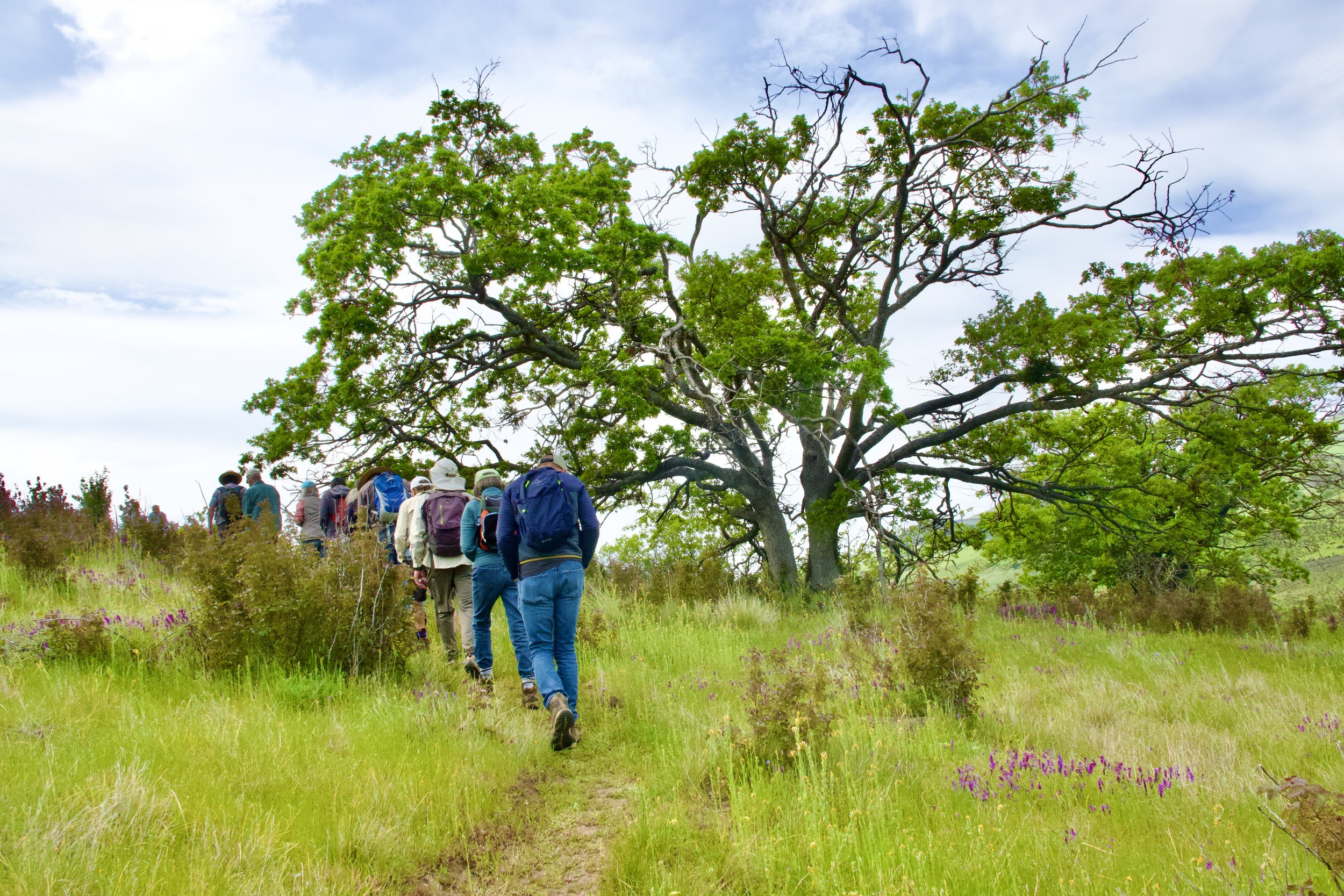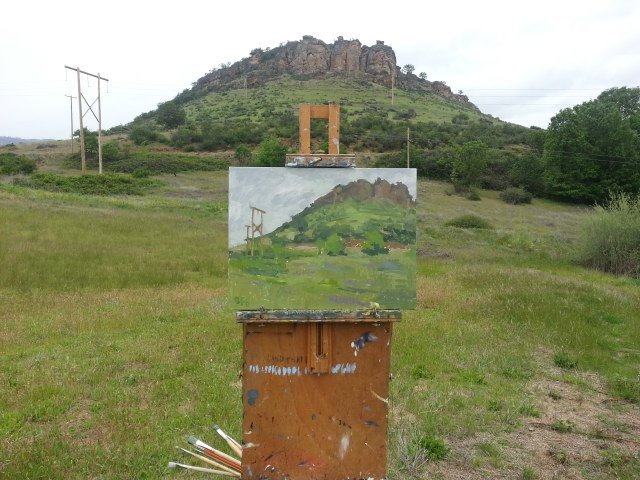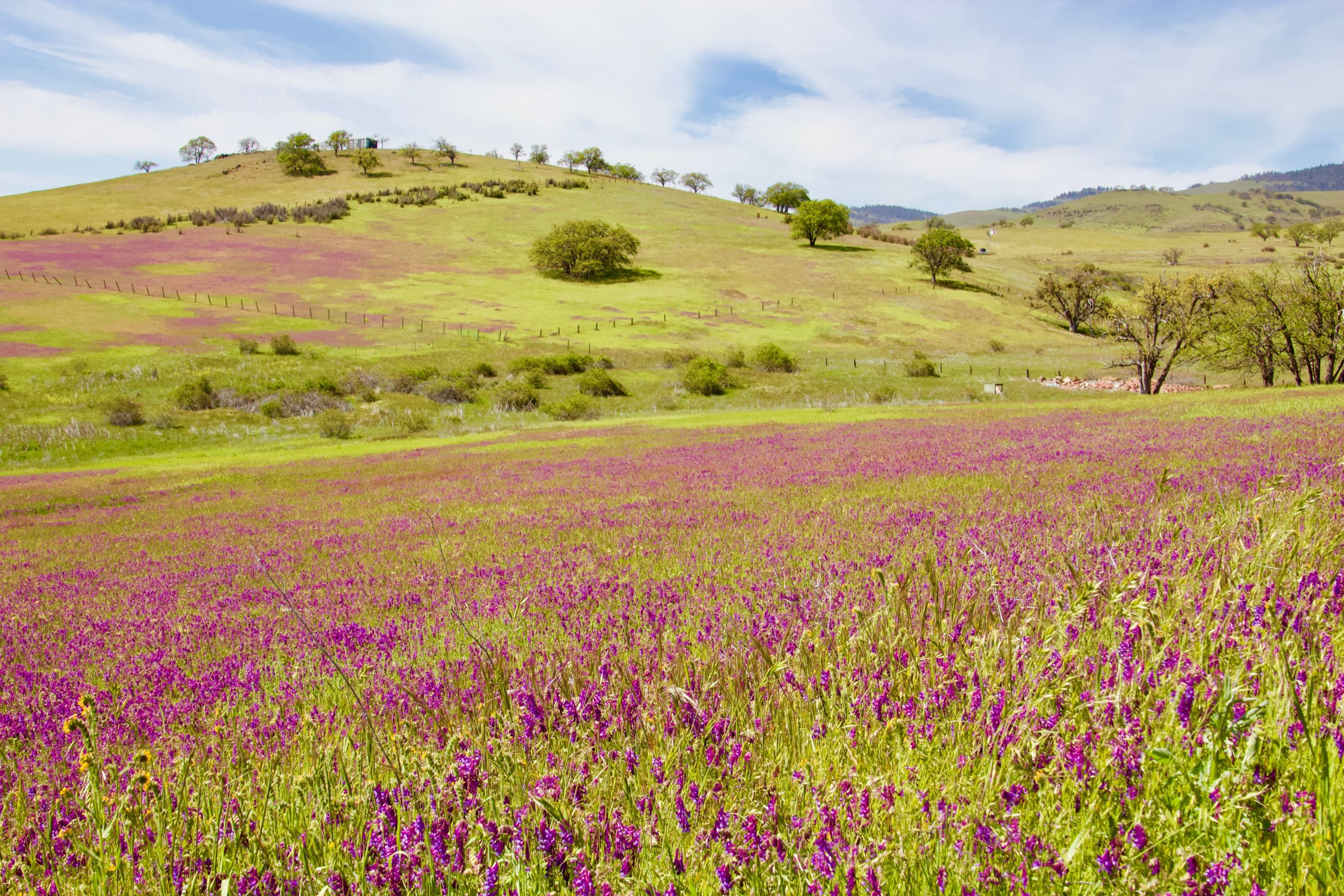By Matt Cosca
On an overcast mid-January day, I joined a group of volunteers led by Molly Morison of the Nature Conservancy on behalf of the Southern Oregon Land Conservancy in search of the vernal pool fairy shrimp. Although small (6-25mm in length), the shrimp (Branchinecta lynchi) have the potential to help the Rogue Valley in a big way. The Southern Oregon Land Conservancy is in the process of acquiring a 352-acre parcel of pristine riparian habitat along the Rogue River. The property is truly spectacular with one and a half miles of river front, a 16-acre island and an incredible gallery forest. In order to purchase the property, SOLC is reaching out to individual donors and applying for a variety of state and federal grants. The presence of a threatened species, such as the vernal pool fairy shrimp, would only improve the property’s standing as an important preserve for the area’s natural and cultural heritage. Finding the tiny fairy shrimp, however, would require a sharp eye and a little bit of luck.
We headed out focused and optimistic that the fairy shrimp would be swimming out among the short grasses. Vernal pools are temporary bodies of water that fill shallow depressions along the Rogue Valley floor. These pools provide habitat for a unique group of plants and animals. I dipped my net into the first shallow pool, walked the length of it, and deposited my catch into a small white tray filled with water. At first glance the catch was modest. Algae converged in the center and small pieces of grass drifted along the surface, but within a few seconds the tiny world of the vernal pools came to life. Water boatman paddled through the grass, seed shrimp floated aimlessly, predacious dytiscid beetle larvae flexed their impressive jaws and water fleas, potentially the rare and endemic Dumontia oregonensis, spread out their small bodies and flaunted everything that a five millimeter water flea can. It was an impressive show of well adapted organisms flourishing in an small and impermanent environment, but still something was missing. There were no fairy shrimp.
We spent the next two hours skimming any body of water that we could from long, deep vernal pools to standing water only a few centimeters deep. It was clear that each vernal pool had its own signature. An algal body that dominates one pool may not be found in any of the others, and seed shrimp abundant in one pool may be absent from the neighboring one. I started to see the vernal pools not as one interconnected aquatic ecosystem, but as a chain of islands. Differences in size, shape and water chemistry could support a diverse range of aquatic organisms and exclude others. This idea that each pool was unique made our original optimism persist throughout the hunt. There was a feeling that every new pool we stumbled upon could provide the right conditions for the evasive fairy shrimp to bloom. We were thorough, we were patient and in the end, after testing thirty-six vernal pools, we left empty handed.
Although we found no fairy shrimp, our day was far from unsuccessful. Jeff LaLande, a retired Forest Service archeologist, found a wealth of artifacts from the Takelma or Shasta tribes throughout the preserve. In addition, I left feeling like I’d found a group of kindred souls. Conservation is a human endeavor. While we may focus on preserving a landscape or saving a species, what brings me back to the conservation community is finding people that enjoy a rainy morning ankle deep in a vernal pool. A place like the Rogue River Preserve can provide that experience for generations to come, with or without the fairy shrimp.











